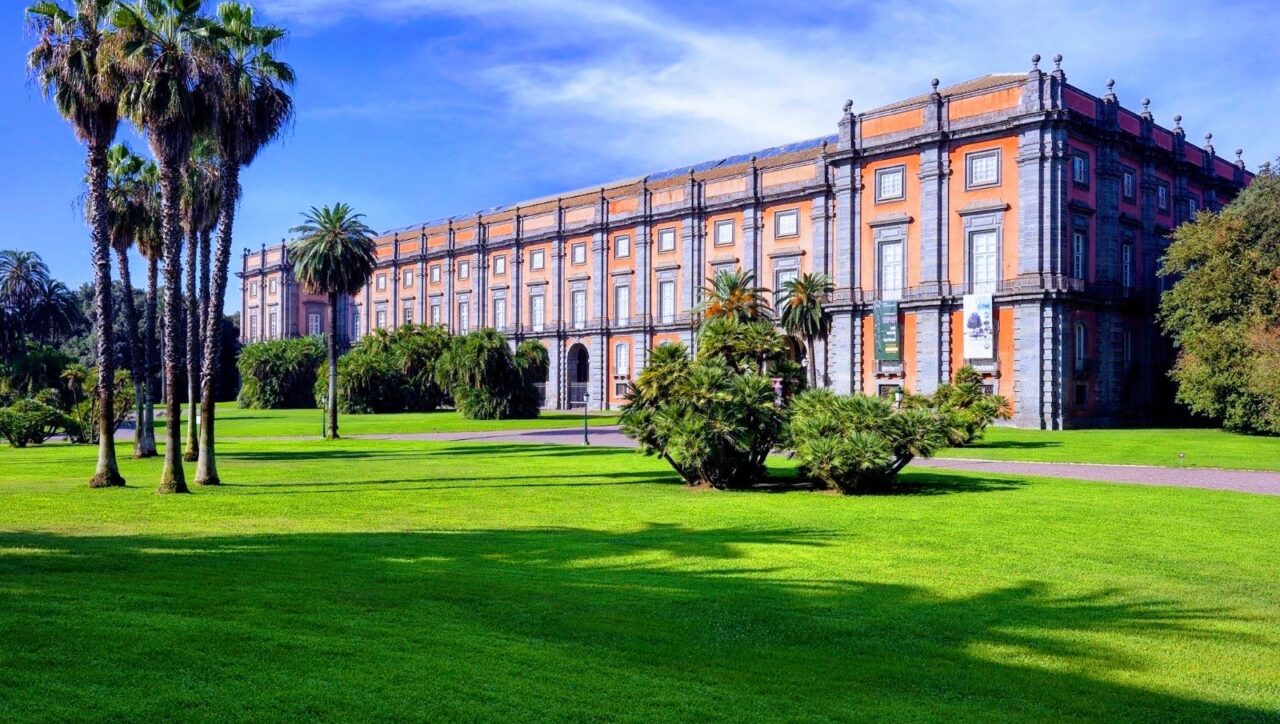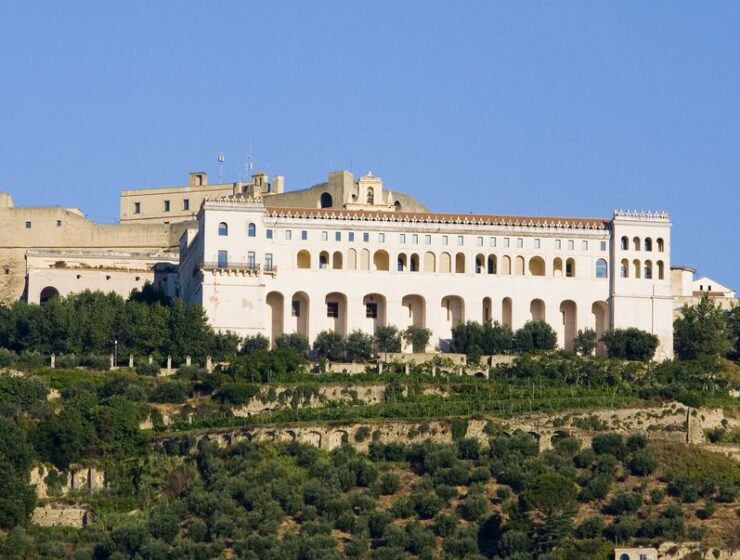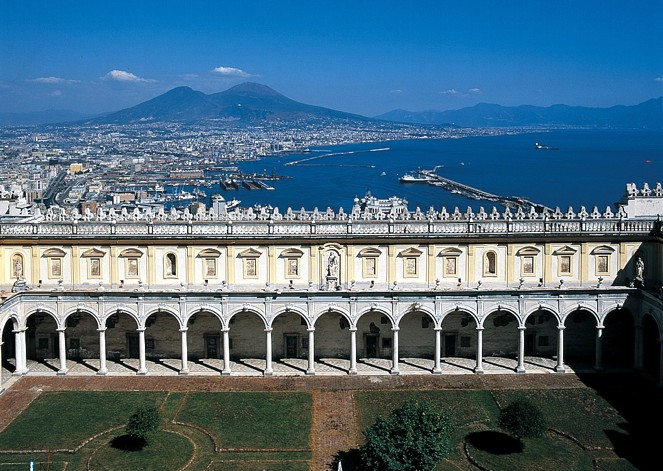The Museum and the Royal Park of Capodimonte constitute a cultural and natural gem that enriches the urban fabric of Naples. This museum complex, framed by the lush greenery of the surrounding woods, offers an extraordinary experience that blends art with nature, inviting visitors on a fascinating journey through the centuries and artistic styles.
The History Behind the Capodimonte Museum
The museum has its roots in the 18th century when Charles of Bourbon, an enlightened sovereign, decided to create a royal residence to house the rich art collection accumulated by his family. The palace, surrounded by a vast park, became the ideal place to exhibit masterpieces by renowned artists, including works by Caravaggio, Titian, and Parmigianino. The collection offers a unique overview of Italian art history, becoming a reference point for art lovers worldwide.
The Charm of the Royal Bosco
Overlooking the museum, the Royal Bosco of Capodimonte adds an element of natural enchantment. With its 134 hectares, the woods offer visitors an immersive experience in nature. Shaded paths, avenues lined with centuries-old trees, and the picturesque lake create an atmosphere of serenity, making the woods a perfect refuge from the city’s frenzy.
The Queen’s Garden: A Botanical Treasure
One of the most fascinating attractions of the Royal Bosco is the Queen’s Garden, designed for Queen Maria Carolina of Austria. This formal garden is a masterpiece of landscape design, with precise geometries and a variety of plants from every corner of the globe. A journey through its flowerbeds is a dive into botanical history and the tastes of a bygone era.
The Capodimonte Museum and Royal Bosco are a must-visit destination for anyone exploring Naples. The opportunity to stroll through rooms steeped in artistic history, wander among centuries-old trees, and admire outdoor artworks creates a complete and multisensory experience.
Vesuvius by Andy Warhol: A Burst of Modern Art at the Capodimonte Museum
Among the extraordinary works housed in the Capodimonte Museum, one contemporary masterpiece stands out, captivating and surprising visitors: “Vesuvius” by Andy Warhol. This work, created in 1985 by the master of Pop Art, represents an explosion of color and modernity that uniquely fits into the museum’s historical context.
Warhol’s Genius in Naples
Andy Warhol, famous for his provocative and innovative works, brought his genius to Naples with “Vesuvius.” This painting, inspired by the famous volcano dominating the city’s skyline, captures the popular imagery associated with Vesuvius in a unique perspective. Warhol’s bold shapes, vibrant colors, and distinctive approach make “Vesuvius” one of the most iconic pieces in the contemporary collection of the Capodimonte Museum.
A Dialogue Between Past and Present
Inserting a Warhol piece in a context dominated by Renaissance and Baroque works may seem bold, but that’s precisely the strength of “Vesuvius.” The work creates an intriguing dialogue between the past and the present, challenging the viewer to reflect on the continuity and transformation of art over the centuries.
Vesuvius as a Pop Icon
Warhol transformed Vesuvius from a natural element into a pop icon. The bold use of colors and the repetition of images of the volcano evoke the visual culture of the mass media, typical of Warhol’s artistic production. “Vesuvius” thus becomes not only a work of art but also a commentary on the media’s influence on the collective perception of iconic places.

Exhibiting “Vesuvius” in the Museum Context
“Vesuvius” is displayed in a section specifically dedicated to contemporary art within the Capodimonte Museum. This curatorial choice allows visitors to immerse themselves in a journey beyond temporal boundaries, offering a comprehensive and engaging view of human creativity.
The presence of “Vesuvius” by Andy Warhol further enriches the experience offered by the Capodimonte Museum, demonstrating how art, even in different epochs, can dialogue and mutually enrich.






